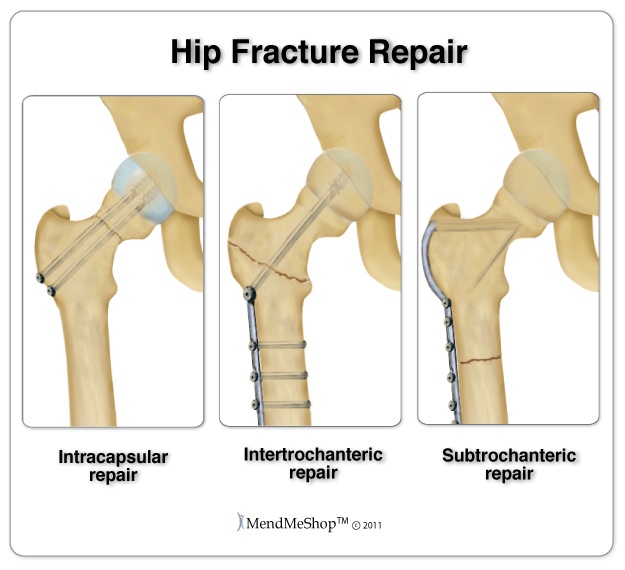

The fracture status after hospitalization of all patients was assessed by radiography on the bed because it was difficult to move them. PF is defined as the “breaking of a bone by a slight external force that would not normally cause a fracture with metastatic bone tumors confirmed by image findings.” The conditions before admission were confirmed from the patient's referral document and imaging tests (X-ray, CT, MRI, bone scintigraphy, and/or fluorodeoxyglucose-positron emission tomography) of the hospital before the transfer as all cases were referred from other hospitals. I retrospectively examined seven EOL-stage cancer patients diagnosed with femoral PF in the PCU on admission between January 2018 and December 2020 in Kagoshima, Japan. Thus, this report is useful not only for PCU staff but also for medical and nursing staff involved in cancer care. In this study, I retrospectively examined a clinical study of patients who had developed femoral PF at the time of admission, and how this affected their families and medical staff through the use of DC sheets. Furthermore, the viewpoints of families and medical staff have not yet been studied. Previous studies have not examined the treatment plans and mental status of patients with PF in the terminal stage of cancer. By holding discussions on EOL care in death conferences (DCs), 10, 11 medical staff in PCUs can understand each other, deepen trust relationships, and use this opportunity to think about caring for patients and stress reduction. This makes the situation painful for the family, the patient, 9 and the medical staff particularly, those engaged in palliative care units (PCUs) are pained, helpless, and defeated by thinking that the patient may not die peacefully. In addition, at the terminal stage of cancer, psychological distress such as delirium, anxiety, and depression becomes more pronounced, and the inability to move as one wishes due to PF is a risk factor. 3 Regarding treatment, surgery or radiation can be performed, but toward the end of life (EOL), treatment becomes difficult. If PF occurs in the femur due to bone metastasis, physical distress occurs due to increased pain, loss of motor function such as difficulty in walking, and the deterioration of one's general condition due to the progression of carcinoma. 4, 5 PF occurs due to a slight external force such as load or bruise in addition to a decrease in bone strength, caused by primary and metastatic bone tumors, osteoporosis, and bone system diseases. Therefore, these are considered poor prognosis factors because the general condition and quality of life (QOL) are significantly reduced. The most common functional disorders and factors affecting female pelvic floor.Bone is a part of distant metastases at a high frequency, 1–3 and bone-related events such as pain, spinal cord compression, pathological fractures (PFs), and hypercalcemia develop in patients with advanced cancer. Patient weight-bearing after pelvic fracture surgery - A systematic review of the literature: What is the modern evidence base? Rehabilitative management of pelvic fractures: a literature-based update. Anatomy, bony pelvis and lower limb, pelvis bones. Patterns, management, and outcomes of traumatic pelvic fracture: Insights from a multicenter study. You can learn more about how we ensure our content is accurate and current by reading our editorial policy. We link primary sources - including studies, scientific references, and statistics - within each article and also list them in the resources section at the bottom of our articles. Medical News Today has strict sourcing guidelines and draws only from peer-reviewed studies, academic research institutions, and medical journals and associations. Most pelvic fractures become increasingly stable around 6 weeks after the event and typically heal within 3 months. However, it is worth noting there is no gold standard treatment for unstable pelvic fractures due to common potential complications. If healthcare teams treat these complications successfully, unstable pelvic fractures usually also heal well. This means that unstable pelvic fractures can result in significant complications. The pelvis is close to some major blood vessels and organs. High-energy events are the most common cause of unstable pelvic fractures. Here the ends of the broken bones do not line up correctly. If a person has an unstable pelvic fracture, they may have two or more breaks in the pelvic ring.

#BROKEN FEMUR RECOVERY FULL#
Stable pelvic fractures tend to heal well, and a person can often make a full recovery. If a person has a stable pelvic fracture, there is often only one break in the pelvic ring, where the broken ends of the bones line up.

These descriptions derive from how much damage the fracture has caused to the structural integrity of the pelvis. Healthcare professionals often refer to pelvic fractures as stable or unstable. Share on Pinterest mikroman6/Getty Images


 0 kommentar(er)
0 kommentar(er)
